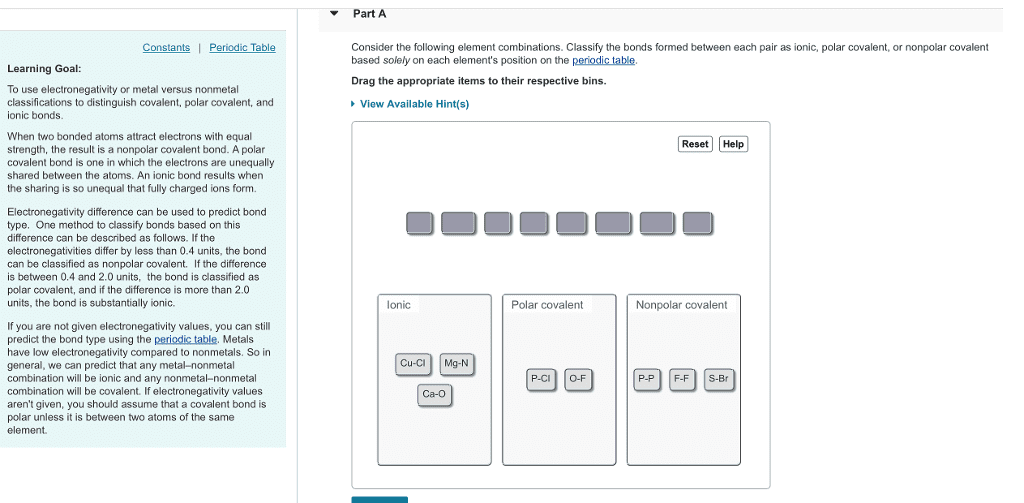CHEM 100 Lecture Notes - Formaldehyde, Chlorine, Fluorine
Document Summary
Electrolytes (salts)- conducts electricity when dissolved in water. Ionic compounds dissociate into charged ions in a solution. Nonconductive of electricity, covalent compounds do not dissociate in solution. Energy required to remove an electron/make an ion. On periodic table, increases towards top right corner. The ability of an atom to attract electrons to itself. Difference in electronegativity determine how evenly electrons are shared. Compounds form when atoms achieve a valence octet through sharing of electrons. Elements can form multiple bonds to complete their octet. Steps: determine number of valence electrons of each element, draw skeleton diagram, fill in octet of outer atom, use electron pairs to complete octet of central atom. Note: central atom must be satisfied by octet rule: 2x h: 1 valence e-; Total: 8 valence e: draw skeleton, drawing lewis dot structure of each element, fill in octet of outer atom (doesn"t apply) Note: central atom= least electronegative (refer to periodic table; except h)


